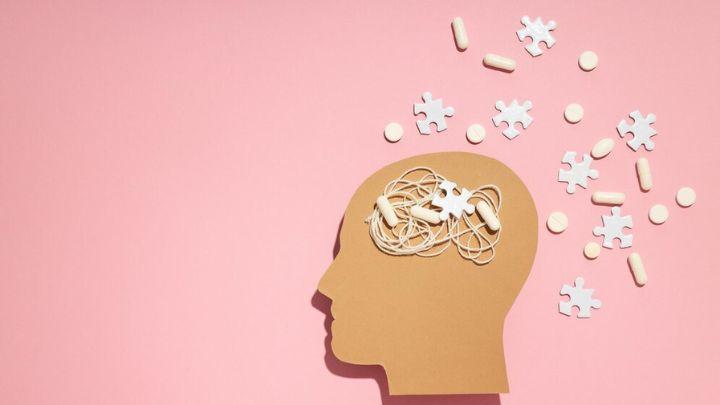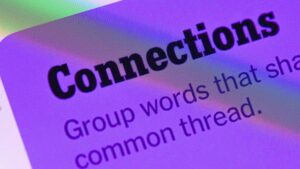
It was a typical Monday morning for Rishi Tandon (name changed), a 29-year-old graphic designer living in Bengaluru. Like most days, he sat at his desk, determined to get through his task list. He had emails to reply to, client work to finish, and a presentation due by the afternoon. But as the hours slipped by, he found himself jumping between browser tabs, watching unrelated videos, and staring blankly at his screen. His mind wouldn’t stay calm.
When his manager called to check on the presentation, Rishi panicked—he hadn’t even started it. He apologized, blaming it on a bad night’s sleep, but deep down he knew this wasn’t new. It happened all the time. Friends would call him “scattered” or “easily distracted,” and he would laugh it off. But lately, it felt like he was losing control of his own brain. What Rishi didn’t know is that he wasn’t alone. He was living with undiagnosed adult attention-deficit/hyperactivity disorder (ADHD), a condition often misperceived as a childhood disorder.
The Complexity of ADHD
ADHD is a common neurodevelopmental disorder that affects children and often continues into adulthood. According to a World Health Organization report, roughly 5 percent of children globally are diagnosed with ADHD. However, the reality is far more complex than the common stereotype of hyperactive young boys who can’t sit still in classrooms.
A systematic review analyzed global ADHD prevalence and incidence among children and adults from 2020 onward, revealing wide variations largely driven by differences in diagnostic methods and study quality. Survey-based studies, particularly in Asia, often showed inflated prevalence rates due to reliance on self-reports and less rigorous methodologies.
Conservative estimates from studies using medical records or clinical interviews reported ADHD prevalence in children ranging from 3.2 percent in Sweden to 10.5 percent in the US.
Evidence suggested higher rates among older children compared to younger ones, with slight increases in recent years. The COVID-19 pandemic caused temporary disruptions in ADHD diagnosis and treatment, such as a dip in prescription rates in 2020 followed by a rise in 2021, reflecting healthcare access issues rather than true prevalence changes.
Challenges in Diagnosis and Treatment
Despite increasing demand and reports of long waiting lists for ADHD assessments, reliable data on referrals, private assessments, and diagnosis conversion rates remain scarce. A 2024 research study in India indicated that prevalence rates range from 1.3 percent to 28.9 percent, with higher rates among males. However, many cases—especially among females and minority groups—go undiagnosed due to cultural and systemic barriers.
Diagnosis and treatment vary widely across regions, largely due to gaps in healthcare, research, and professional training. Although national mental health policies exist, their implementation is inconsistent. Improving diagnosis and support in India requires more trained professionals, better school support, and culturally sensitive interventions.
An additional systematic review found that adult ADHD is quite common in India, with prevalence rates ranging from 5.48 percent to 25.7 percent across various population groups.
Understanding Adult ADHD
Adult ADHD often presents differently from its childhood counterpart. People like Rishi may not exhibit classic hyperactivity. Instead, they may silently battle chronic inattention, forgetfulness, impulsivity, and emotional dysregulation. It’s not about lack of willpower or motivation—it’s a neurological condition.
Adults with ADHD are significantly more likely to experience job instability, relationship difficulties, and mood disorders compared to non-ADHD peers. They also report more frequent legal troubles and financial struggles. ADHD affects multiple areas of life: projects go unfinished, daily routines fall apart, appointments are forgotten, and conversations are hard to follow. This can cause frustration and embarrassment, leading to a cycle of low self-esteem and chronic anxiety.
The Emotional and Genetic Impact
The emotional toll of untreated ADHD can be devastating. Adults often feel like they are constantly underperforming, no matter how hard they try. Many describe a sense of internal chaos or frustration at not being able to control their thoughts. Over time, this may lead to comorbid conditions like depression, anxiety, and even substance abuse.
It’s not just the individual who suffers. Partners, friends, and family members are often affected too. Caregivers may feel overburdened or resentful. Without understanding what’s going on, ADHD behaviors are often misinterpreted as laziness, irresponsibility, or lack of care. Over time, this can strain relationships and lead to caregiver burnout.
With a 70-80 percent heritability rate for ADHD, genetic factors are significant, positioning it among the most strongly inherited psychiatric conditions.
People with ADHD often have smaller brains and delayed brain maturation, particularly in areas like the amygdala, hippocampus, and frontal cortex. These regions are involved in emotion regulation, memory, and cognitive functions such as attention and planning.
Moving Towards Understanding and Support
While ADHD is not caused by diet, certain lifestyle choices may influence symptoms. Diets high in sugar and low in essential nutrients can exacerbate symptoms in genetically predisposed individuals. Similarly, poor sleep, high stress, and lack of physical activity can all impact symptom severity.
For someone like Rishi, understanding his condition can be transformative. A diagnosis isn’t a label—it’s a roadmap. It offers validation and opens doors to effective treatments, which may include cognitive behavioral therapy (CBT), medication, and environmental or behavioral modifications.
Once equipped with the right tools, many adults with ADHD discover untapped potential. They often possess high levels of creativity, intuition, and energy, especially when working in environments that allow flexibility and autonomy. What’s most important is to shift how ADHD is viewed. It’s not about being lazy or undisciplined—it’s about having a brain that works differently and needs different kinds of support.
Asking for help is not a weakness; it’s the beginning of clarity. Understanding ADHD is not just about naming a disorder—it’s about finding hope, building strategies, and realizing that success and wellness are still within reach.







